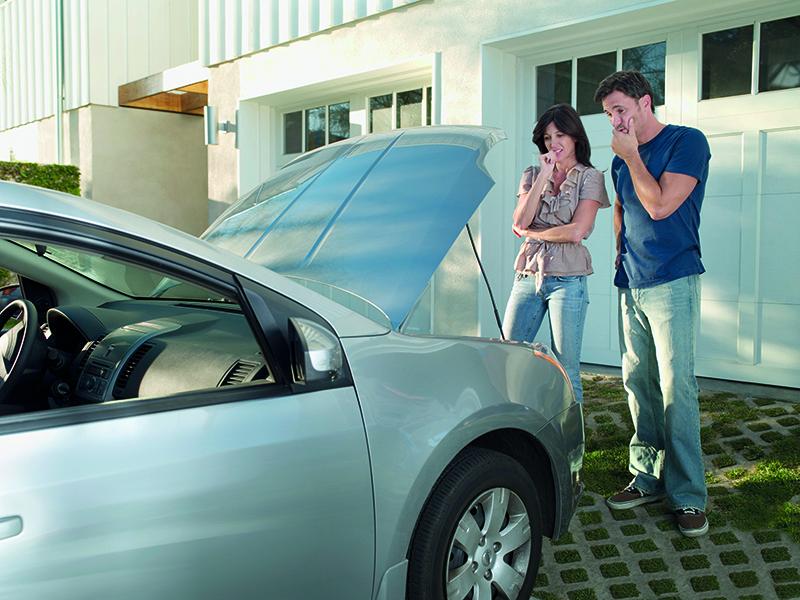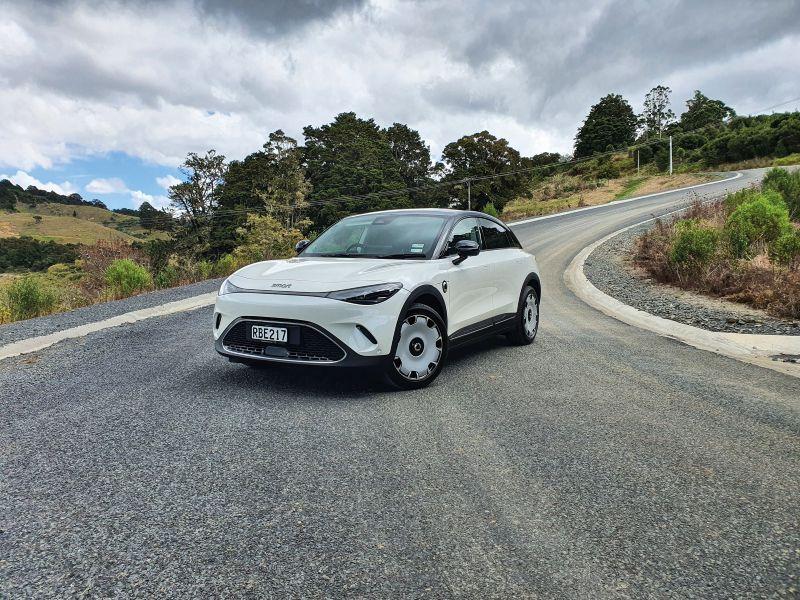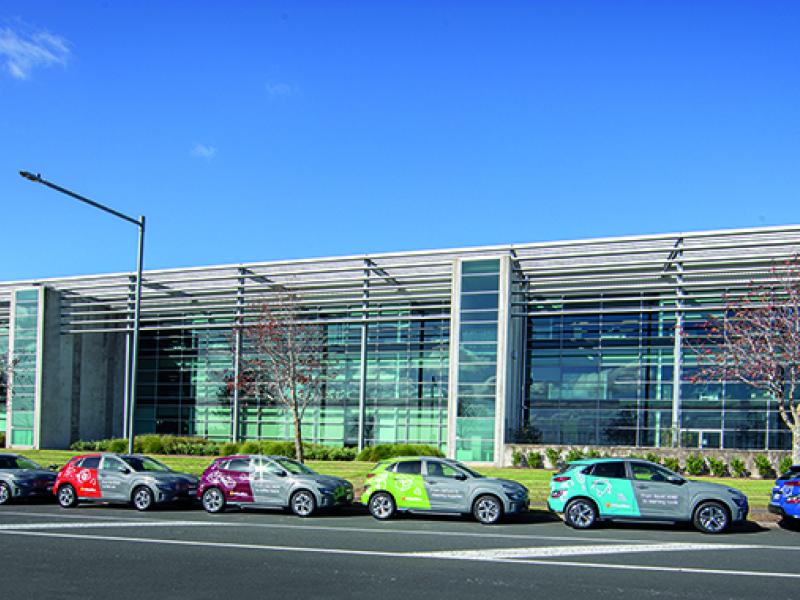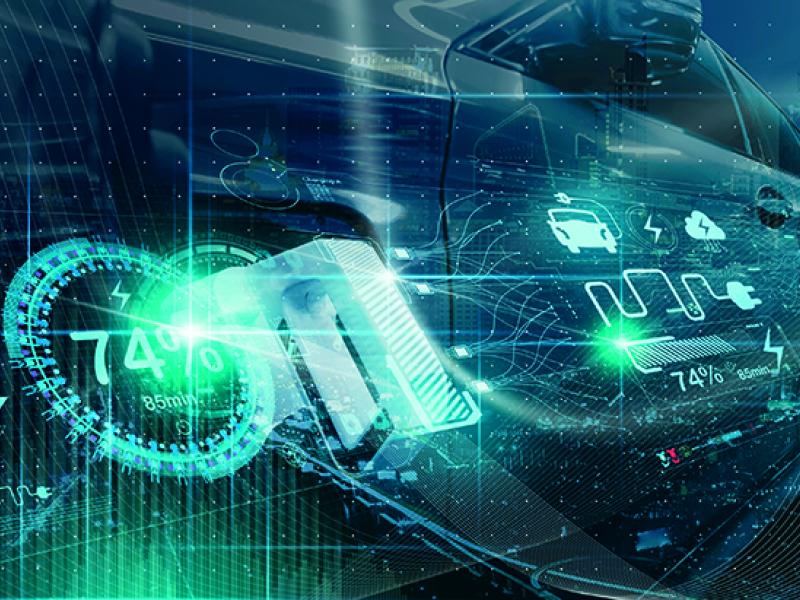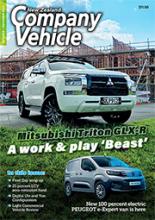Today’s auto market is a confusing landscape with many prospective buyers getting a little flummoxed over and around jargon when it comes to engine types.
While there are some who are quite at home with the various motive power options today, there some are trying not to let their confusion show when it comes to car conversations.
First things first: you might encounter references to ICE-powered vehicles. This has nothing to do with polar bears and doesn’t mean we are depriving them of cold frozen water – well, not directly.
ICE stands for Internal Combustion Engine, found in the vehicles we are used to driving around in and paying a fortune for at the fuel stations. ICE can refer to petrol or diesel engines, though it is more commonly referenced in regards petrol.
Then we have the TLAs and FLAs (three and four-letter acronyms) of the electrified vehicle world.
EV/BEVs have their own little language including more TLAs like kWH (kilowatt hours) which is sorta kinda the electrical equivalent of miles per gallon.
A kWh is the measurement of energy transferred or expended in one hour by one kW (1000 watts), and it can be used in reference to the energy potential of a battery, the energy consumption of a vehicle or to measure the dispensing of energy from a charging station.
And what is regenerative braking? As well as being plugged in to a charger or charging station, vehicles can now recapture what was wasted energy from the action of braking while the vehicle is being driven.
Braking resistance (also known as kinetic energy) can be reclaimed and redirected to charge the battery. This is commonly referred to as ‘regenerative’ braking.
In a lot of non-ICE cars, you’ll see a small button on the transmission marked ‘B’. This allows the maximum amount of braking energy to go back into the battery. A driver can feel the resistance difference if the ‘B’ button is on or off.
In other cases, the ‘flappy paddle shifters’ we are so used to seeing for performance-oriented gear selection on ICE vehicles, are used by the driver of non-ICE vehicles to increase or decrease the level of regenerative braking.
The driver can select typically four, but as many as six different levels of braking force to help recharge the battery.
As to the vehicles themselves? Well, it starts with the poster child of non-ICE vehicles, the EV (electric vehicle) or BEV (battery electric vehicle).
EV/BEVs have no ICE engines, but have motors instead and yes, there is a distinction here too: engines run on combustion, motors run on electricity. An engine converts fuel to mechanical force while a motor transforms electrical energy to mechanical energy.
An EV/BEV has a limitation on its range based on the size of the battery and everything you might be carrying in the vehicle, as well as how you are driving the vehicle and if you are in warmer or colder parts of the country, and in flatter or hillier landscapes.
The battery is usually quite large an requires charging at home, at work or when out and about. The biggest education gap for ICE drivers is in learning the new habits of EV operation for the specific vehicle.
Next down from EVs are hybrids/self-charging hybrids also known as HEVs (hybrid electric vehicles). These have an ICE engine with an electric motor ‘attached.’
Some HEVs allow for purely electric drive for a limited time, but for the most part, the electric motor takes on traditional heavy load duties like standing start take-offs or quicker acceleration (passing manoeuvres), helping reduce the size of the ICE engine, minimise fuel use and therefore Greenhouse gas emissions.
In a sort of symbiotic relationship, the ICE engine can charge the battery directly to assist any regenerative braking – thus, self-charging. You don’t plug the HEV in, it will charge itself though it will need an ICE engine to do it.
A closer step to the EV or BEV is the plug-in hybrid. These require charging from an external power source: house or work charger or public charging stations.
PHEV batteries are bigger than you will find in an EV or hybrid for the simple reason that PHEVs are expected to travel for a moderate distance on electricity alone. The bigger the battery – within reason – the further you’ll go in theory.
This means PHEVs take a while to charge, usually overnight, and repeated fast charging is not recommended as it degrades the life of the battery over years of use.
Don’t be afraid of big kWh chargers which use direct current as opposed to the alternating current you’ll have at home. DC chargers are best used for top ups when you’re away from your home charger, say for those weekends away.
When a PHEV’s battery is depleted (benchmark is now around 80kms), the ICE engine cuts in and helps recharge the battery, but rarely to the point where a PHEV can continue electrically and unassisted. You do need to recharge eventually.
You can also tell a PHEV what motive source to use: petrol ICE, electric only or the most effective self-aware hybrid where the vehicle decides which system is best, including a combination.
Lastly, there are the MYBRIDS or mild hybrids. These are the angels on my shoulder of the electrification world. Like hybrids, you don’t plug Mybrids in because they are ‘helper units’ which make a small dent in the running costs of the ICE engine.
They allow for more compact and lighter ICE engines overall, take on the role of running various non-motive functions of the ICE, like climate control and other electricity sappers and get the vehicle moving until the ICE engine can engage at its most fuel-efficient speed.
ICE equals petrol or diesel. EV equals battery only. HEV equals engine, motor and ‘self-charging’ small(ish) battery. PHEV equals engine, motor(s), big battery and you need to plug it in. MYBRID equals driver’s little helper with no plug-in ability. Hope that helps some.


